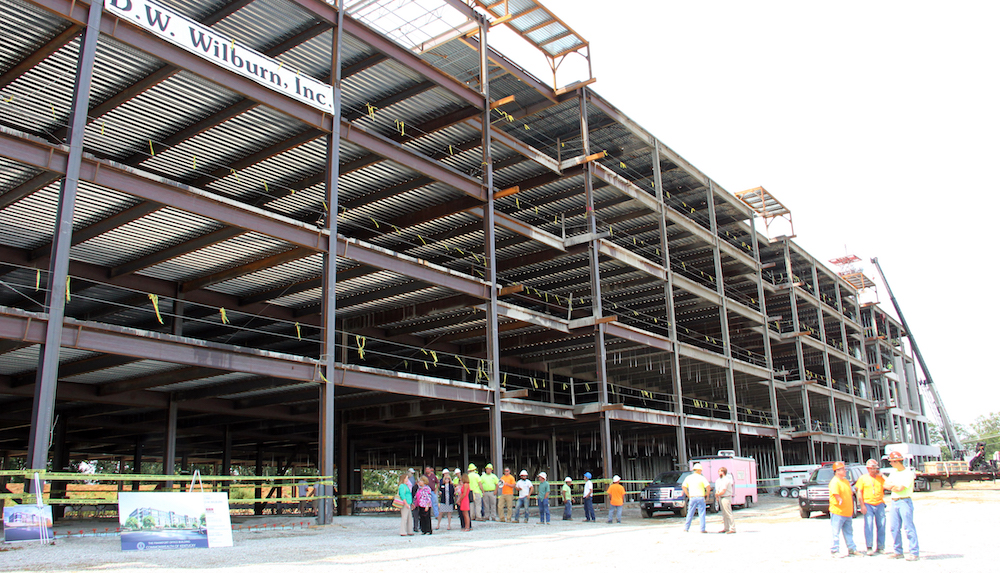The U.S. Department of the Treasury recently published an Economic Framework for Comparing Public-Private Partnerships and Conventional Procurement.
The department concluded that there is no single factor that should determine whether a P3 is likely to yield a stronger benefit than one delivered through conventional means. The paper also outlines important steps for a government to take before procuring a P3 project to ensure optimal benefit to the taxpayer.
One key factor cited in the report was the capacity of a project to bundle several projects into one large contract. The capacity to bundle is by far the most important factor in a P3 creating cost savings, the report concluded.
Other important considerations were:
- Private-sector expertise: A strong indicator of whether the project will provide a net-benefit over the full life cycle of a P3 is the technical expertise available.
- Clearly defined terms that are quantifiable: How precisely does the contract lay out the service level required?
- High capital costs and long lived assets: Assets procured using a P3 need to be large enough to generate cost savings that offset the transaction costs of privately raised capital.
Related Stories
Resiliency | Sep 30, 2022
Designing buildings for wildfire defensibility
Wold Architects and Engineers' Senior Planner Ryan Downs, AIA, talks about how to make structures and communities more fire-resistant.
| Sep 30, 2022
Lab-grown bricks offer potential low-carbon building material
A team of students at the University of Waterloo in Canada have developed a process to grow bricks using bacteria.
| Sep 27, 2022
New Buildings Institute released the Existing Building Decarbonization Code
New Buildings Institute (NBI) has released the Existing Building Decarbonization Code.
| Sep 22, 2022
Gainesville, Fla., ordinance requires Home Energy Score during rental inspections
The city of Gainesville, Florida was recently recognized by the U.S. Dept. of Energy for an adopted ordinance that requires rental housing to receive a Home Energy Score during rental inspections.
| Sep 19, 2022
New York City construction site inspections, enforcement found ‘inadequate’
A new report by the New York State Comptroller found that New York City construction site inspections and regulation enforcement need improvement.
| Sep 16, 2022
Fairfax County, Va., considers impactful code change to reduce flood risk
Fairfax County, Va., in the Washington, D.C., metro region is considering a major code change to reduce the risk from floods.
| Sep 13, 2022
California building codes now allow high-rise mass-timber buildings
California recently enacted new building codes that allow for high-rise mass-timber buildings to be constructed in the state.
| Sep 8, 2022
U.S. construction costs expected to rise 14% year over year by close of 2022
Coldwell Banker Richard Ellis (CBRE) is forecasting a 14.1% year-on-year increase in U.S. construction costs by the close of 2022.
| Aug 29, 2022
Montana becomes first U.S. state to approve 3D printing in construction
Montana is the first U.S. state to give broad regulatory approval for 3D printing in building construction.
| Aug 25, 2022
New York City’s congestion pricing aims to reduce traffic, cut carbon
Officials recently released an environmental assessment that analyzes seven different possible pricing schemes for New York City’s congestion pricing program.

















